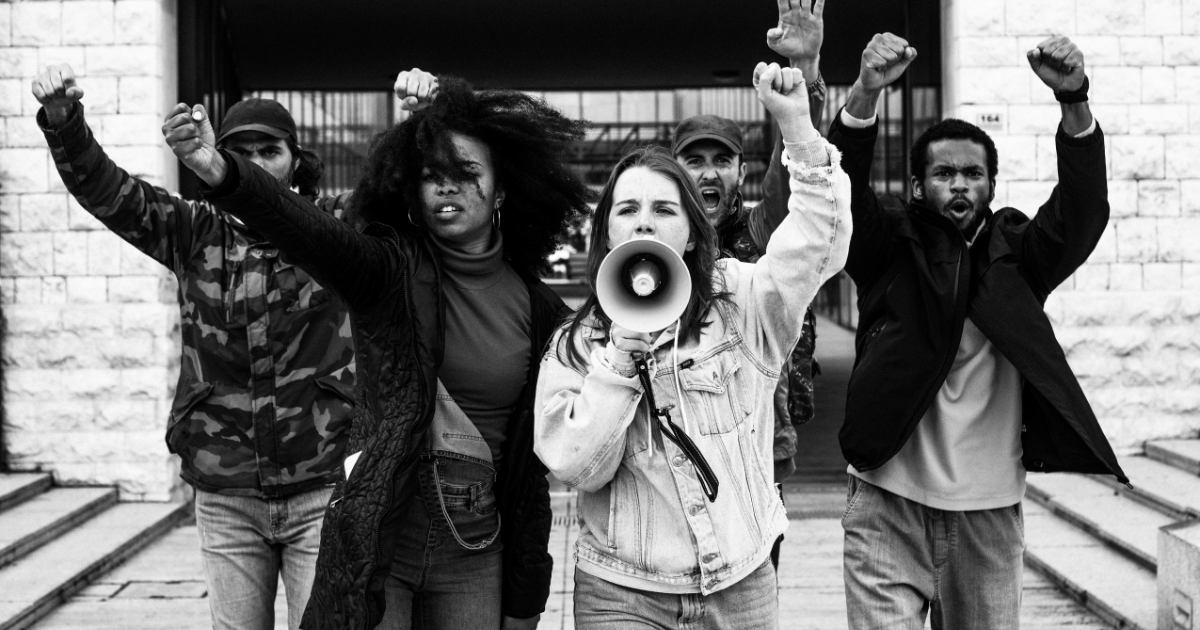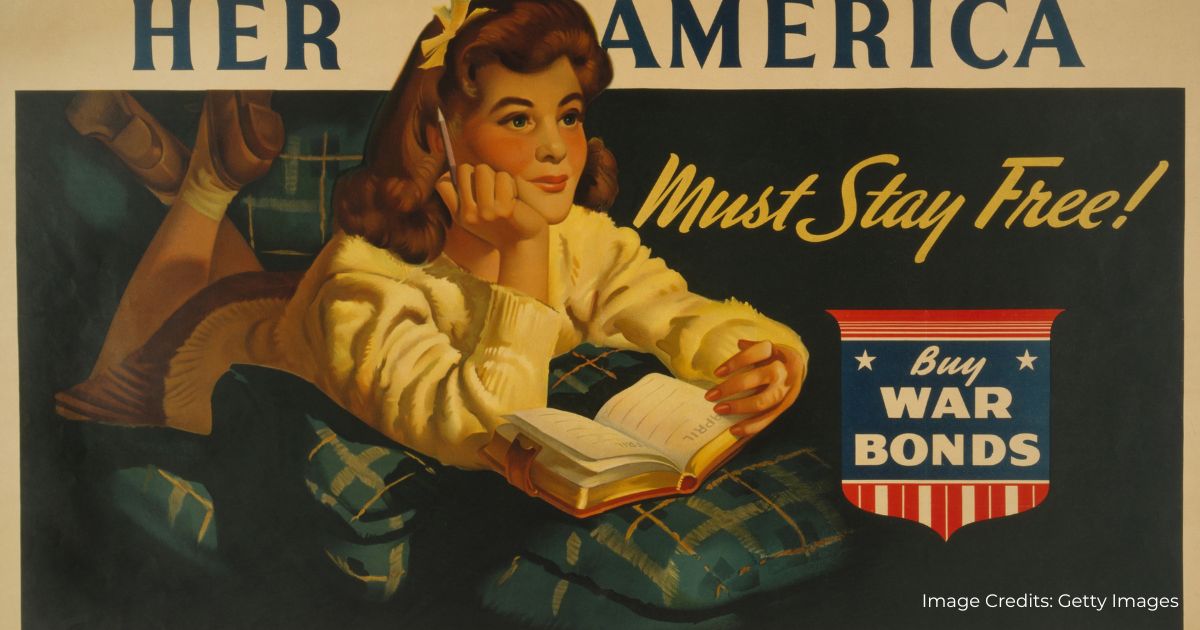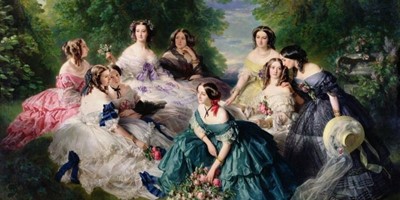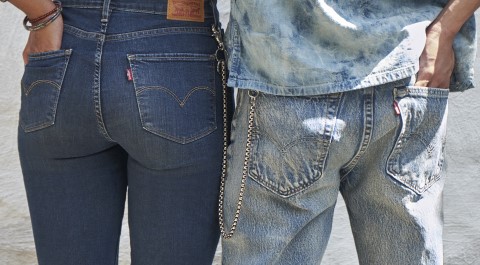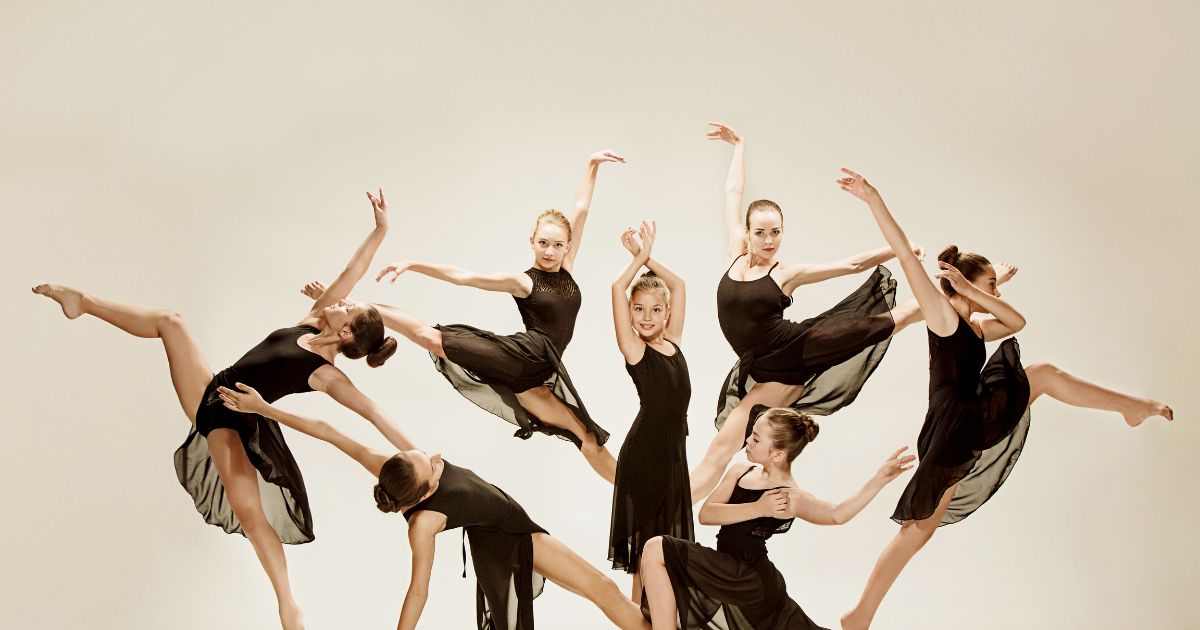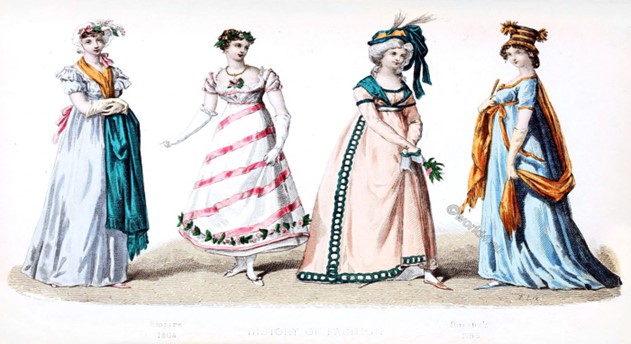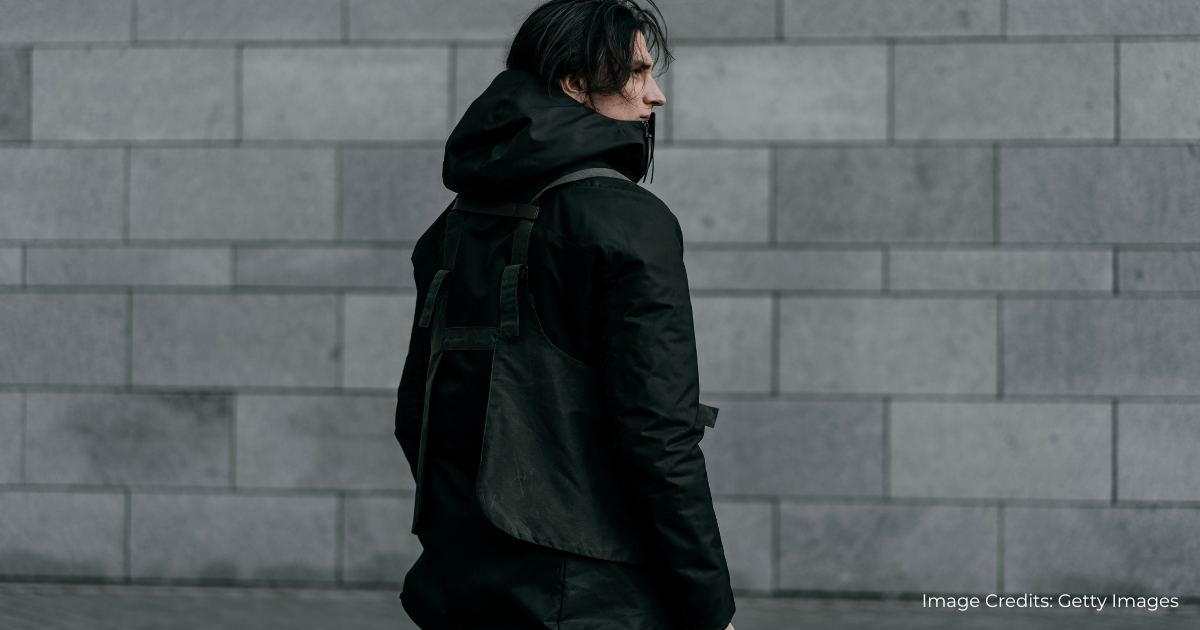Fashion and film have forged a captivating alliance, with costumes playing a pivotal role in enriching storytelling and character development on the silver screen. Iconic costumes possess the extraordinary ability to transcend cinema, leaving an indelible mark on popular culture and fashion trends. Let us embark on a journey through the captivating world of fashion and film, where costumes reign supreme.
Costume design in film is a meticulous craft that involves seamless collaboration with directors, actors, and production designers. The objective is to create visually stunning and character-defining outfits that resonate with the audience. The costume designer’s role is to immerse themselves in the film’s time period, setting, and narrative, skilfully reflecting the characters’ personalities and experiences through their attire.
Walter Plunkett’s masterful costume design for the timeless classic “Gone with the Wind”(1939) serves as a prime example of the transformative power of costumes. Plunkett’s creations, including Scarlett O’Hara’s unforgettable green velvet dress made from curtains, have become enduring symbols of style and resilience.
Beyond the silver screen, iconic costumes possess the uncanny ability to influence fashion trends, shape subcultures, and challenge societal perceptions. These ensembles become catalysts for change and representations of various cultural movements.
Audrey Hepburn’s portrayal of Holly Golightly in “Breakfast at Tiffany’s” (1961) introduced the little black dress as a timeless fashion staple. Designed by the legendary Hubert de Givenchy, this iconic costume not only defined Hepburn’s image but also became synonymous with elegance and sophistication.
In recent years, legal discussions surrounding iconic costumes have arisen, questioning their copyright protection and ownership. Courts have tackled the intriguing issue of whether iconic costumes qualify for intellectual property rights, highlighting their cultural significance and the need for legal recognition.
The landmark case of DC Comics v. Towle (2014) solidified the notion that replicas of the Batmobile constituted copyright infringement. This pivotal ruling acknowledged the iconic costume-like nature of the Batmobile, expanding the scope of intellectual property protection to include certain non-human characters and vehicles.
Fashion exhibitions dedicated to iconic costumes have gained remarkable popularity, offering audiences a unique platform to appreciate the artistry and cultural impact of these sartorial masterpieces. These exhibitions celebrate the collaborative efforts of costume designers, filmmakers, and fashion industry professionals.
The Metropolitan Museum of Art’s exhibition “Heavenly Bodies: Fashion and the Catholic Imagination” (2018) showcased the profound influence of religious iconography and garments on fashion. This extraordinary exhibition showcased iconic costumes from films
such as “The Devils” (1971) and “The Sound of Music” (1965), captivating visitors with the fusion of fashion and spirituality.
Author: Nancy Gadia










